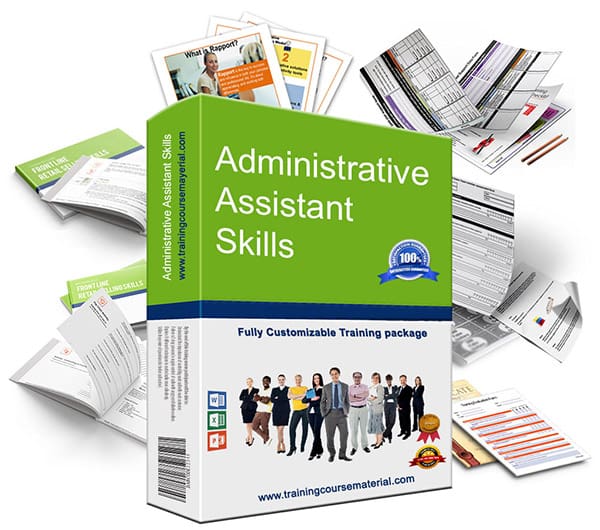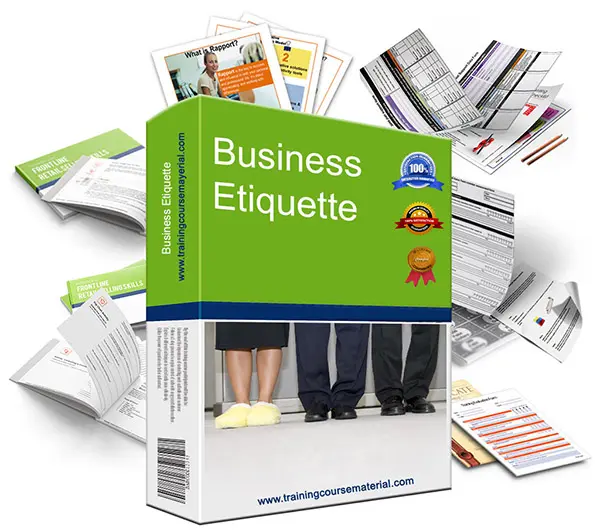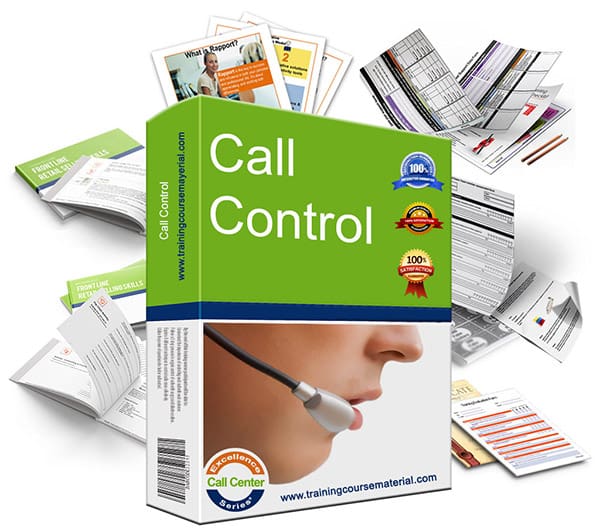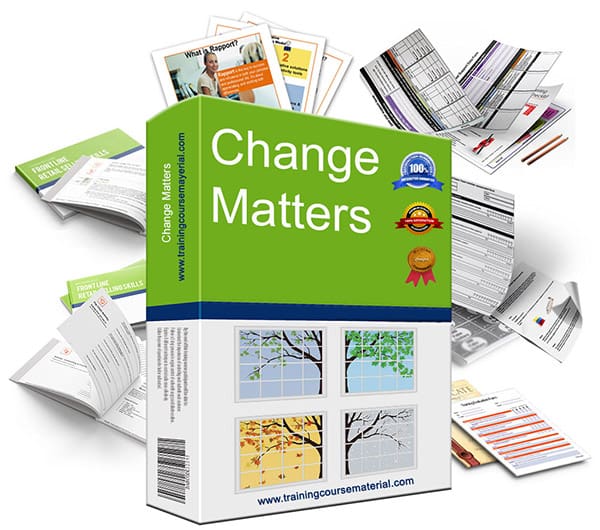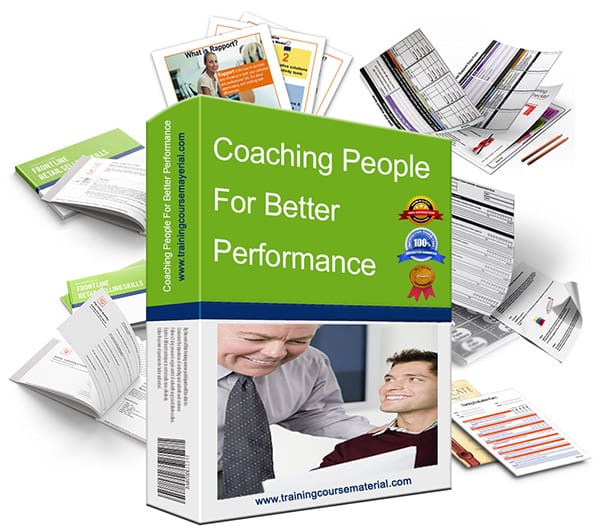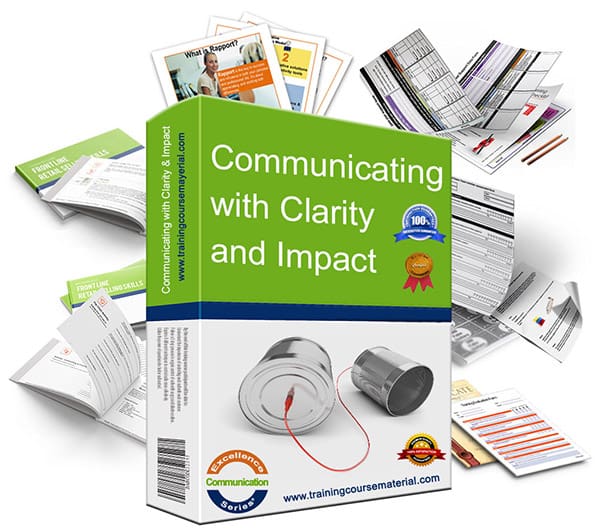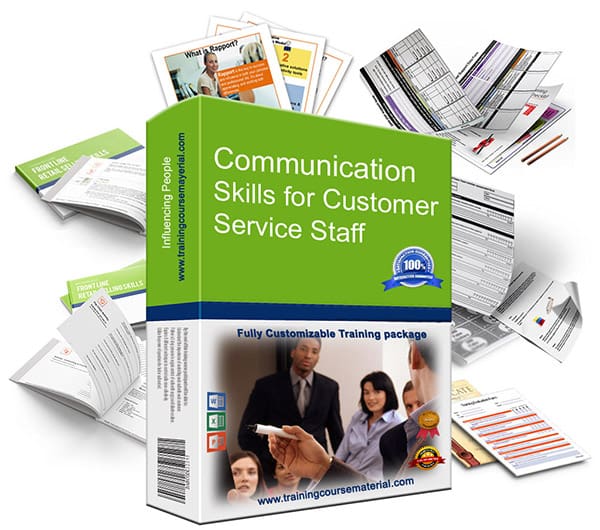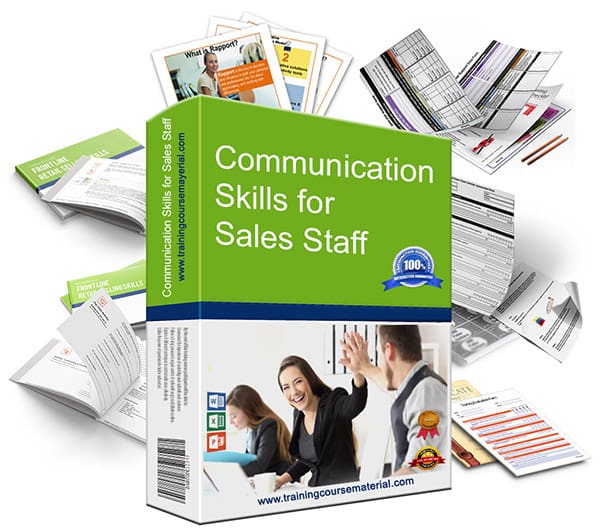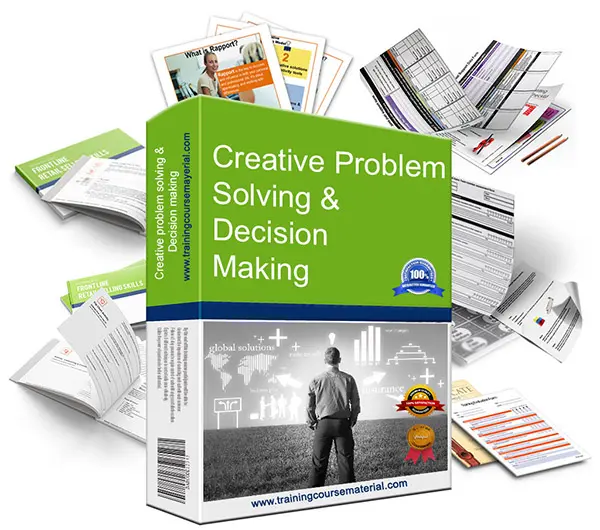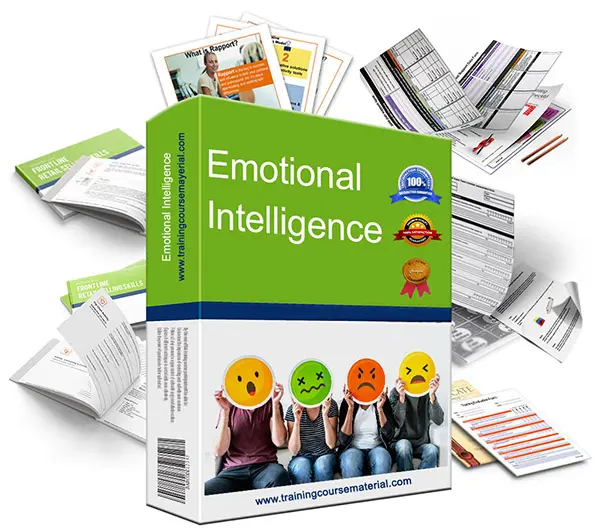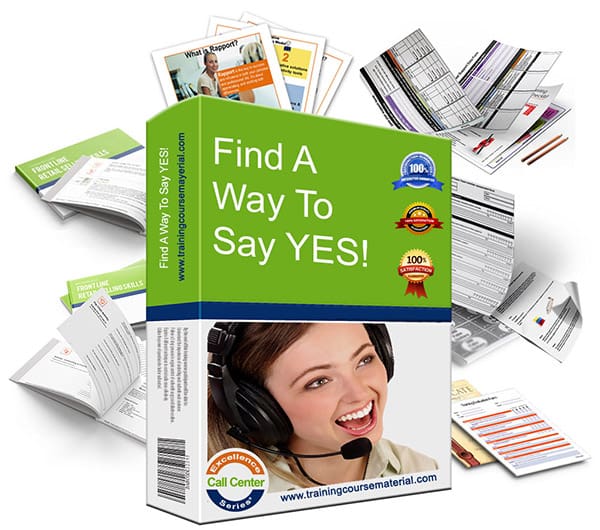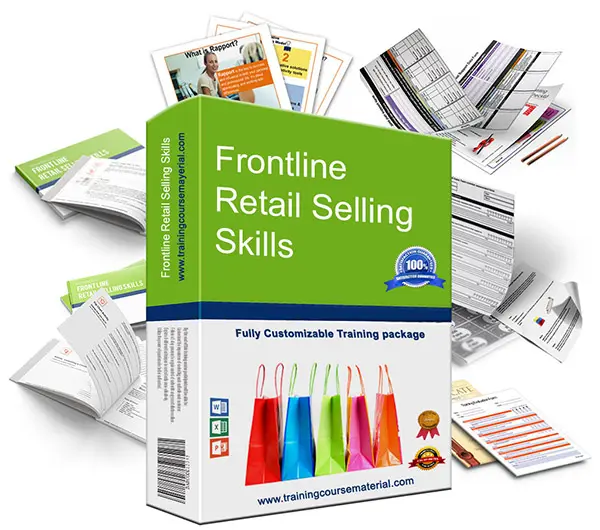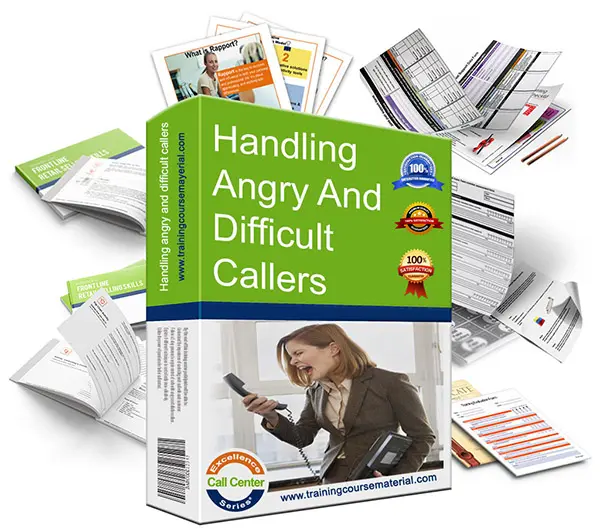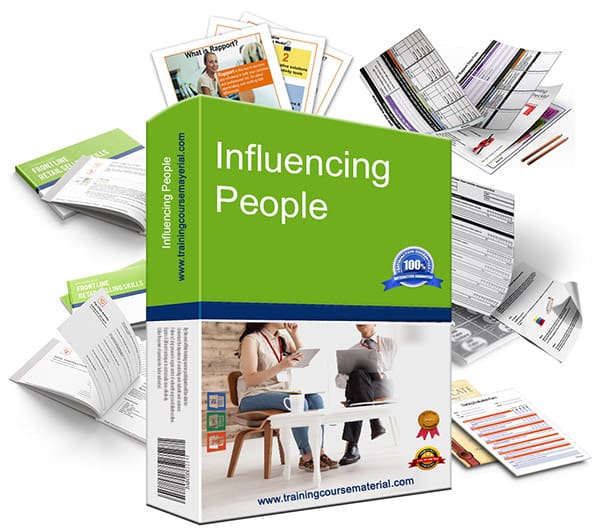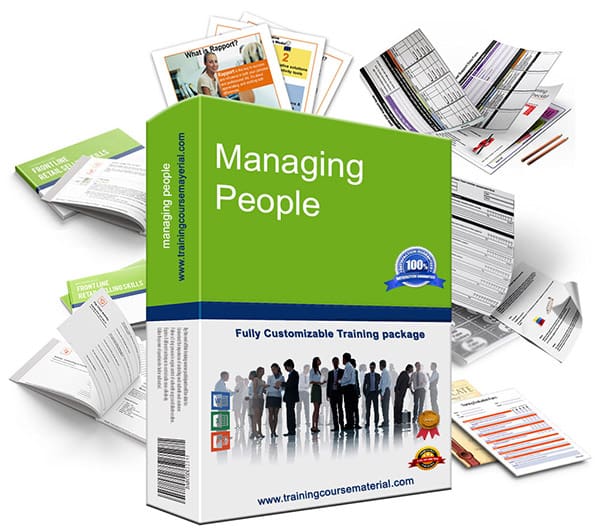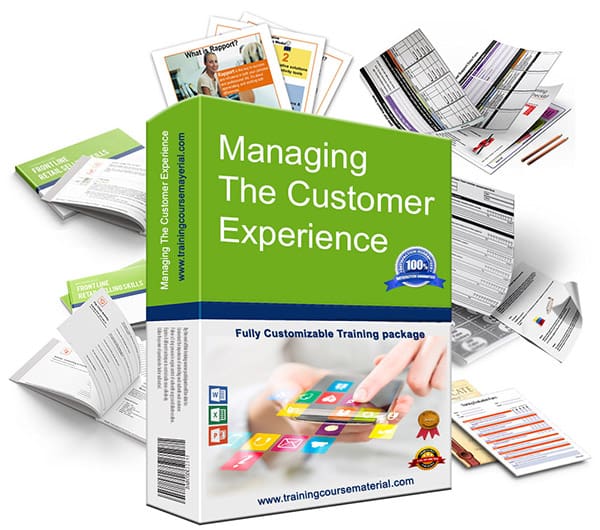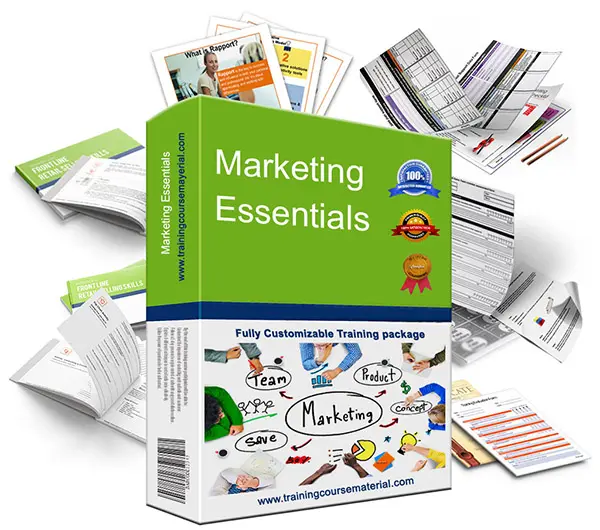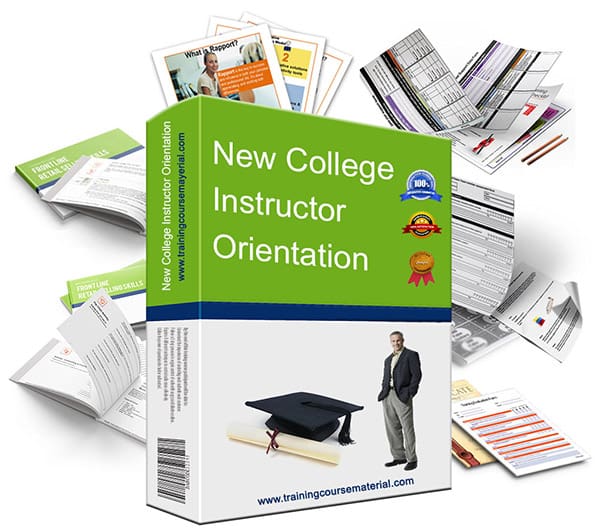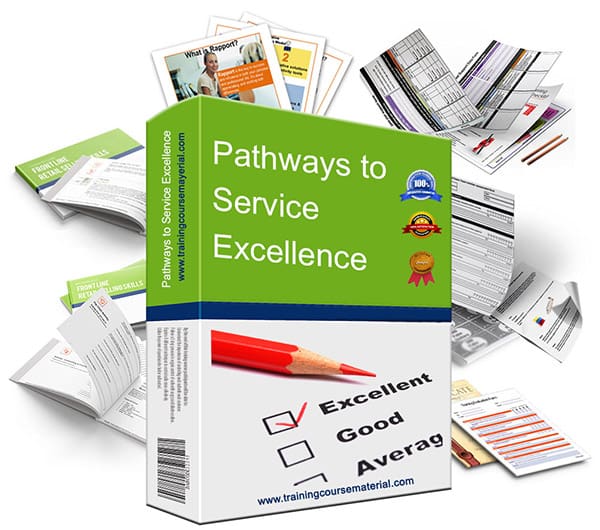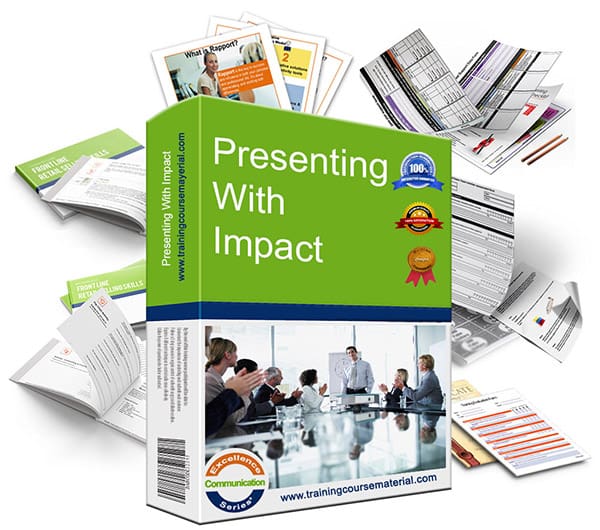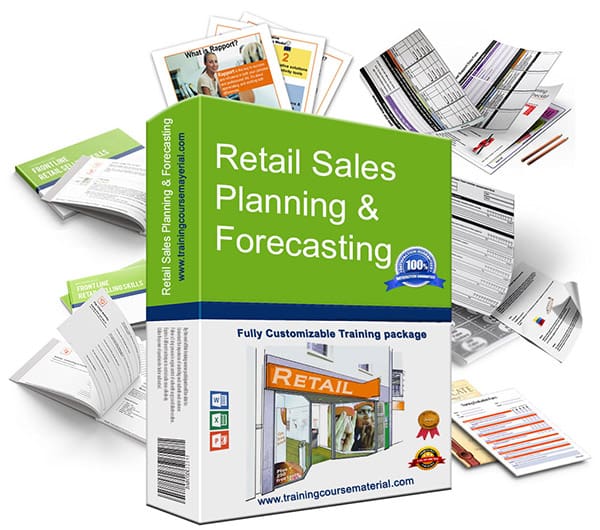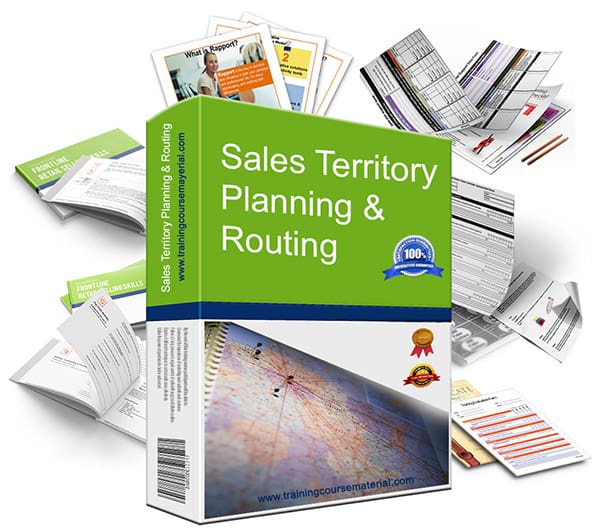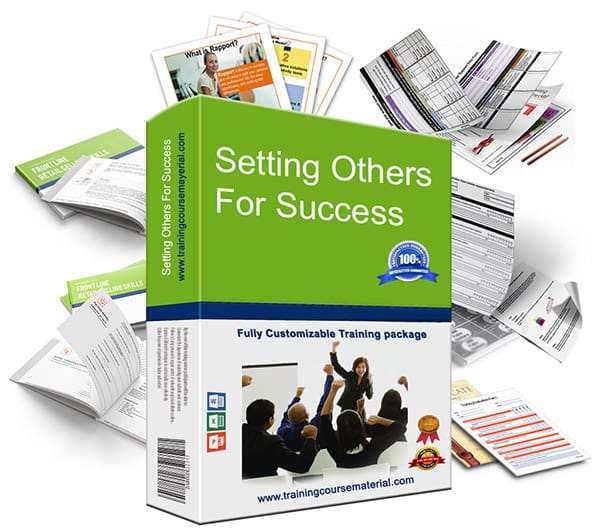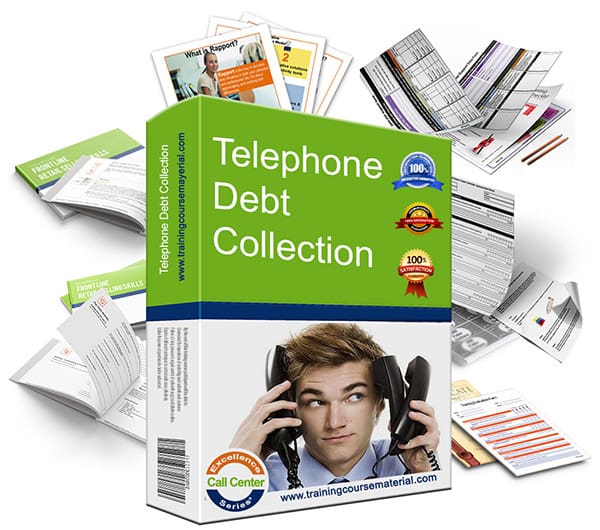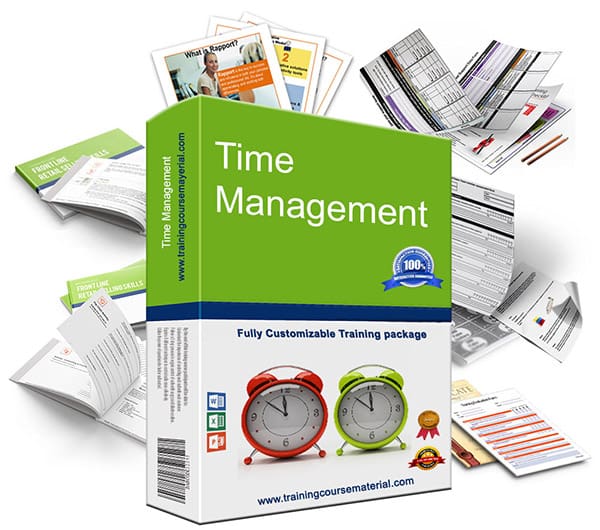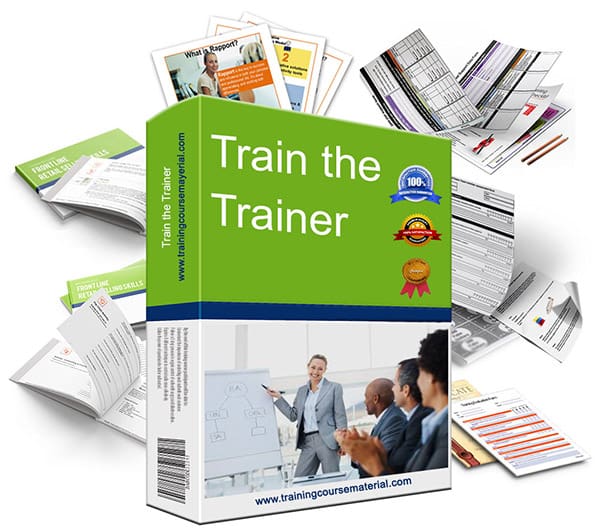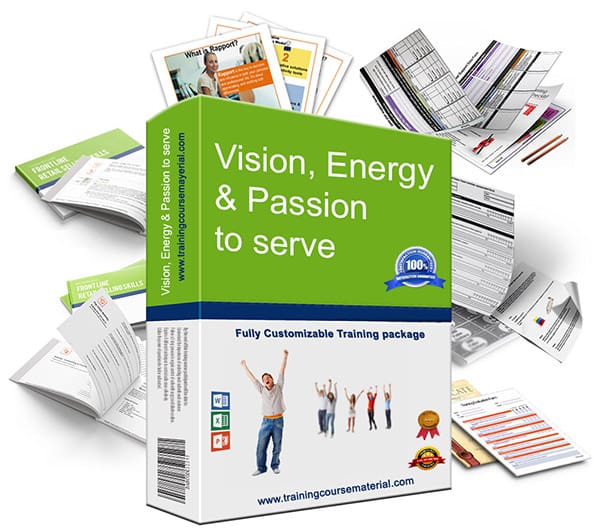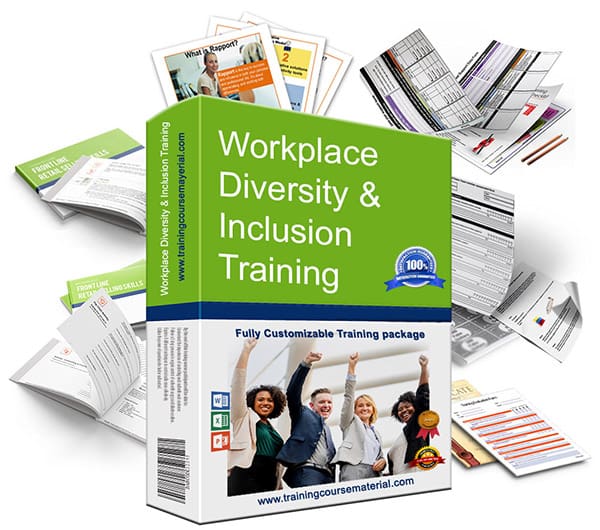Are You a Visual, Auditory or Kinaesthetic Questionnaire
Are You a Visual, Auditory or Kinaesthetic Questionnaire
Please click the check box to start the activity
Scoring Key for Questionnaire
Sociability:
| Q. 1 | Q. 2 | Q. 3 | Q. 4 | Q. 5 | Q. 6 | Q. 7 | Q. 8 | Q. 9 | Q. 10 |
| Q. 11 | Q. 12 | Q. 13 | Q. 14 | Q. 15 | Q. 16 | Q. 17 | Q. 18 | Q. 19 | Q. 20 |
| Q. 21 | Q. 22 | Q. 23 | Q. 24 | Q. 25 | Q. 26 | Q. 27 | Q. 28 | Q. 29 | Q. 30 |
Number Of A's |
Number Of B's |
Number Of C's |
Below is an explanation for each style but before you read on, it's recommended to take the questionnaire first before going through the explanation as this may influence your answers.
If you chose mostly A’s you have a VISUAL learning style.
If you chose mostly B’s you have an AUDITORY learning style.
If you chose mostly C’s you have a KINAESTHETIC learning style.
When you have identified your learning style(s), read the learning styles explanations and consider how this might help you to identify learning and development that best meets your preference(s).
• Someone with a Kinaesthetic learning style has a preference for physical experience - touching, feeling, holding, doing, practical hands-on experiences. These people will use phrases such as ‘let me try’, ‘how do you feel?’ and will be best able to perform a new task by going ahead and trying it out, learning as they go. These are the people who like to experiment, hands-on, and never look at the instructions first!
• Someone with an Auditory learning style has a preference for the transfer of information through listening: to the spoken word, of self or others, of sounds and noises. These people will use phrases such as ‘tell me’, ‘let’s talk it over’ and will be best able to perform a new task after listening to instructions from an expert. These are the people who are happy being given spoken instructions over the telephone, and can remember all the words to songs that they hear!
• Someone with a Visual learning style has a preference for seen or observed things, including pictures, diagrams, demonstrations, displays, handouts, films, flip-chart, etc. These people will use phrases such as ‘show me’, ‘let’s have a look at that’ and will be best able to perform a new task after reading the instructions or watching someone else do it first. These are the people who will work from lists and written directions and instructions.
Keep in mind that there is no right or wrong or good or bad learning style. The point is that there are types of learning that are right for your own preferred learning style.When you know your preferred learning style(s) you understand the type of learning that best suits you. This enables you to choose the types of learning that work best for you. Some people have a very strong preference; other people have a more even mixture of two or less commonly, three styles.People commonly have a main preferred learning style, but this will be part of a blend of all three.
Applealing to the different learning styles as a trainer
Auditory learners
To help meet the needs of your auditory learners, prepare sessions that include many opportunities for verbal exchange on small and large group levels. Incorporate a variety of aural stimulation, such as instructor-led discussion, music, debates, panel discussions, role plays, audio involving verbal explanations.
Visual learners
To ensure that you have provided the needed stimulus for your visual participants, create training programs that offer a potpourri of visual stimuli. Include brightly colored papers, markers, and posters with content that ties to the session topic and previous concepts that learners have experienced. This allows mental images to connect and provides reinforcement of key program elements. Offer quotes, stories, analogies, and examples that are relative to points made in the session and that provide mental images for learners. Use cartoons, graphics, and caricatures on handouts, flip charts, and other visual aids. If you use multimedia presentations, include animation and color.
Add video segments that will supplement program content and discussions. Also include visualization activities in which participants are asked to envision how certain situations would appear if they applied content discussed in the session. For example, have them imagine how customer service would improve if they applied effective listening skills learned during a program on interpersonal communication. Then, have learners discuss their ideas in small groups to exchange thoughts and capture them on flip charts for large group discussion and action.
Kinaesthetic learners
To help ensure that you have addressed the needs of your kinesthetic participants,
design programs and activities in which movement is a regular part of the learning. Have people physically move to other locations at various points for discussions, or use demonstrations, field trips, games, simulations, stretching, or energizers. Encourage role playing, in-basket, or other similar activities in which learners have to handle things, interact, or move. Have actual items available for touching or exploration when possible. When actual items are not available, try to use mockups (models that look like the real object), simulators, or other substitutes.

39 Full Courses & 6 Mini Courses
Get all available programs
& save ...!!
Price: $4499.95 $2995.95
Great Value For Money
Read More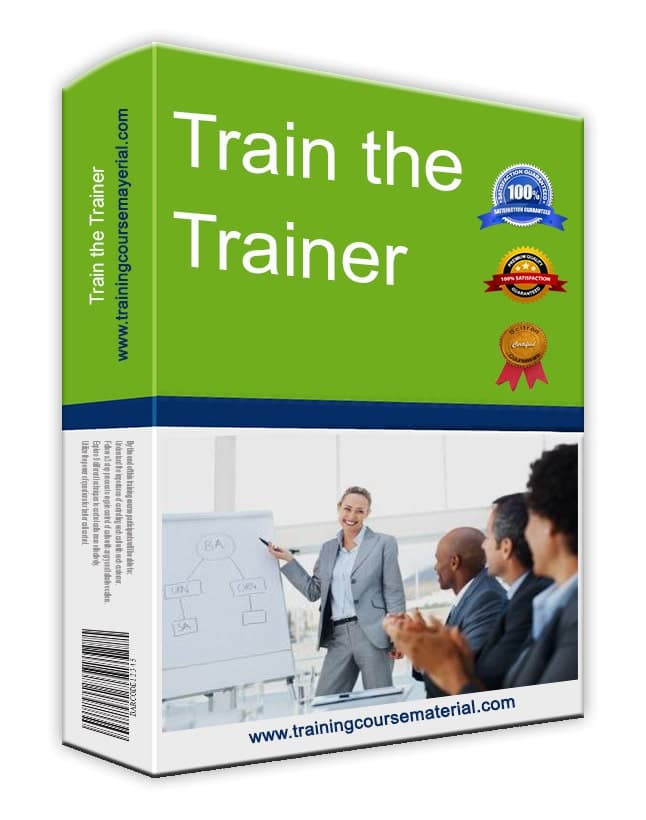 |
+ |  |
The Presenter-Trainer Package®
Train The Trainer
Presenting With Impact
Price: $359.95 $299.95
SAVE $59.95
Read More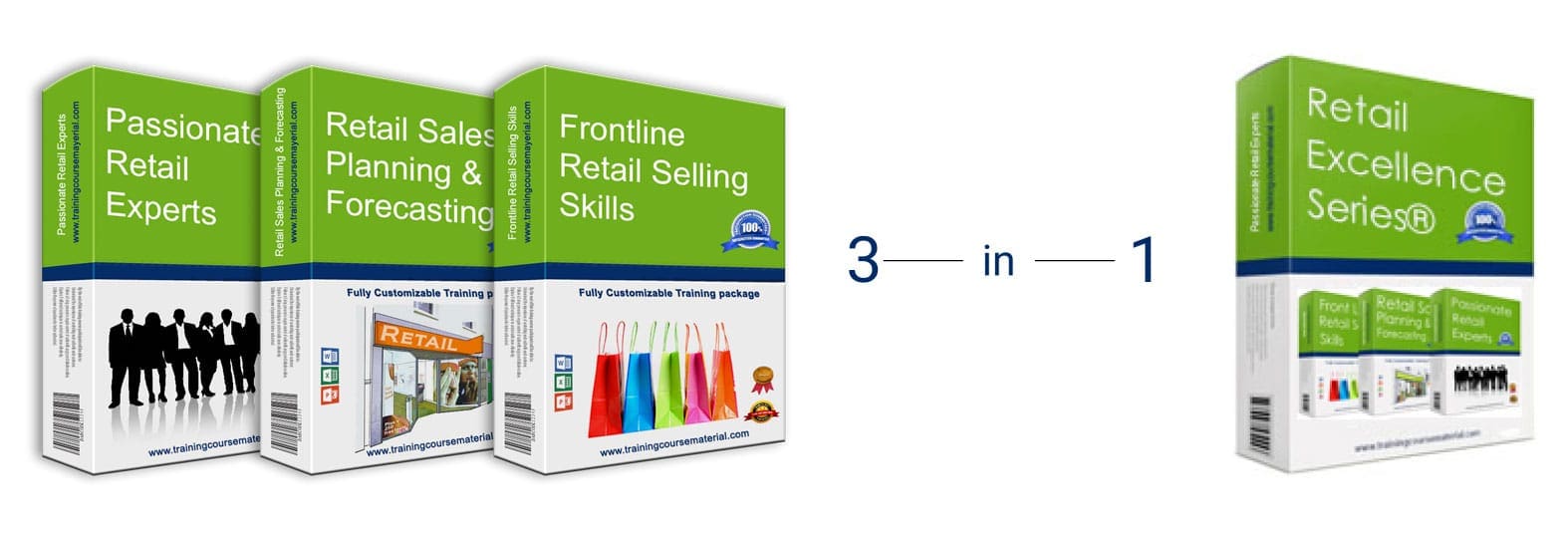
Retail Excellence Series®
3 Complete Courseware
Packages in 1
Frontline Retail Selling Skills
Retail Sales Planning & Forecasting
Passionate Retail Experts
Price: $539.855 $349.95
Pay for 2 Get 1 Free
Read More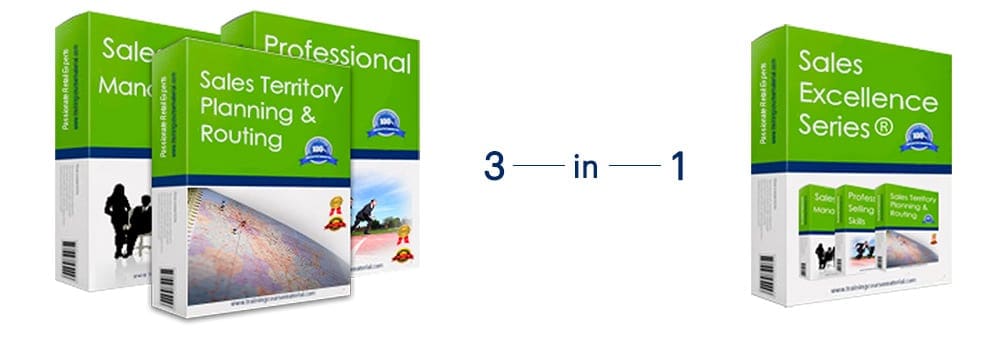
Sales excellence series®
3 Complete Courseware
Packages in 1
Sales Management
Professional Selling Skills
Sales Territory Planning & Routing
Price: $539.855 $349.95
Pay for 2 Get 1 Free
Read More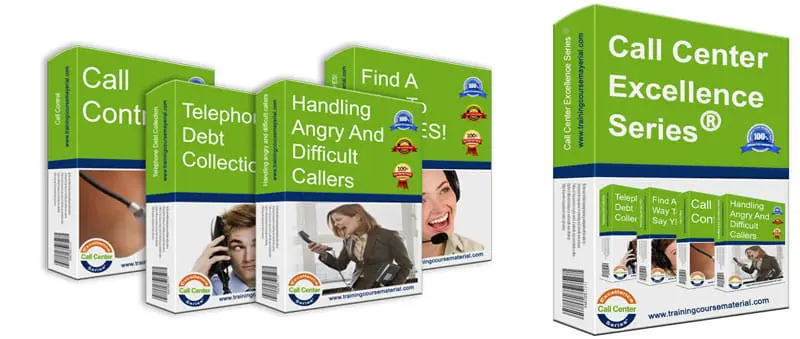
Call Center Excellence Series®
4 Complete Courseware
Packages in 1
Handling angry and difficult callers
Call control
Find a way to say YES!
Successful telephone debt collection
Price: $719.95 $449.95
Pay for 2 programs and Get 2 programs Free
Read More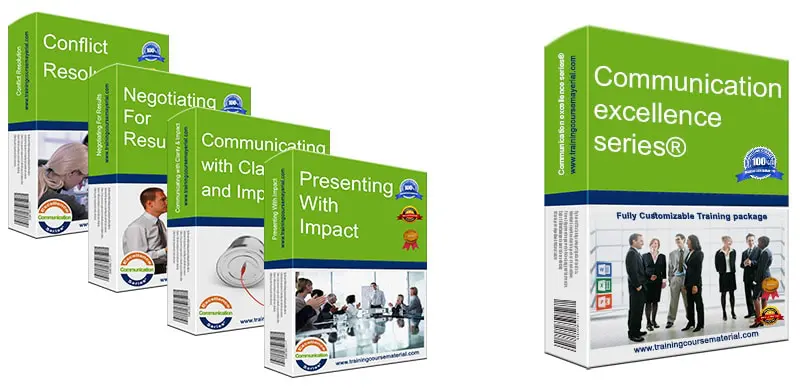
Communication Excellence Series®
4 Complete Courseware
Packages in 1
Communicating with clarity and impact
Negotiating for results
Conflict resolution
Presenting With Impact
Price: $719.95 $449.95
Pay for 2 programs and Get 2 programs Free
Read More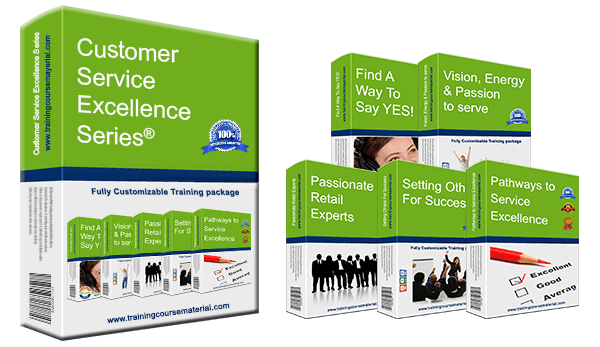
Customer Service Excellence Series®
5 Complete Courseware
Packages in 1
Vision, Energy & Passion To Serve
Pathways to service excellence
Find a way to say YES!
Passionate Retail Experts
Setting others up for success
Price: $899.75 $599.95
Pay for 3 Get 2 Free
Read More
Find Out
Your Leadership
Style

